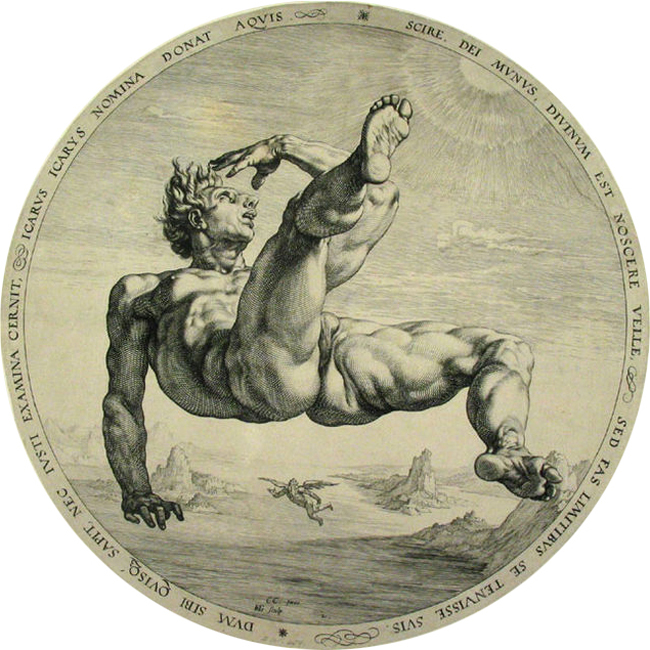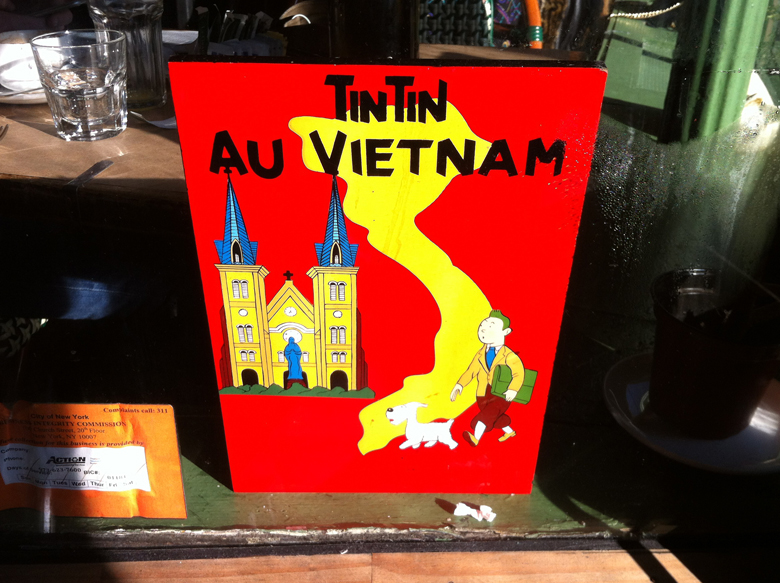LXXIV
KlinkedIn: social network for the incarcerated.
Relation between epopteia and Book of Revelation.
Life-giving fluxes.
No Chinese verb “to be.” Rather “there is.”
The critic Guo Ruoxu recounts that Yan Liben went to Jingzhou to see a painting by Zhang Sengyou, one of the earliest great figure painters. At first sight he was not impressed by it, but on a second viewing he appreciated it more. Going back to it yet again, he admired it greatly, and finally stayed there for more than ten days before being able to tear himself away from it…Chinese aesthetics demand that there should always be a “beyond”: a “beyond” to words, to shape, to the taste of things. “Landscape beyond the landscape,” figurative representation is successful to the degree that the observer can wander within it endlessly at will…
Writing “beside” the point allows for a process of closing in on the subject that enables us to discover its full dimension gradually, and thus provides access to it. [Jullien, The Impossible Nude, p. 37]
One need not seek the beautiful. It arises. Out of a moment in the transition of fount to form to fount.
HermaFrodoite: a bisexual Hobbit
Gao Kaizhi, the first great Chinese painter known to us, would sometimes wait for several years before putting the pupils of the eyes in a portrait he had made. When asked why, he replied that “the elegance or ugliness of the four limbs” in fact bore no relationship to this tenuous point where “the spirit [shen] is transmitted.” [Jullien, The Impossible Nude, p. 38-39]
Sister Writer: make the invisible appear via the visible.
Brother Painter: clothe the nude in spirit, if you can. She need not be a corpse. Allow his body to manifest in mountains-streams [shan-shui].
No frozen poses.
Ice is for dead people. Said Hsu Hong-chi, a master bone-setter in Taiwan, known locally as “magic hands.” This via Tom Bisio in A Tooth From the Tiger’s Mouth: How to Treat Your Injuries with Powerful Healing Secrets of the Great Chinese Warriors, New York: Fireside, 2014, p. 22.
You can tell a corpse by its marked lack of esprit.
Zhang Sengyou, however, painted four dragons on the walls of a temple. The work was judged praiseworthy, but the question arose as to why he had left the dragons’ eyes blank, omitting the pupils. Zhang replied that if he added the pupils, the dragons would fly away. But when pressed, he agreed to “complete” the work. No sooner had the artist made the two necessary strokes on the first dragon’s eyes than the temple shook as if in an earthquake. Thunder and lightning burst from the earth and sky and the dragon swirled off the wall and vanished into the maelstrom. The other three dragons remain as they were originally painted.
Go figure.

Yes, and Danaë in the golden rain singing Gee, Zeus loves me…
Go prefigure.
On or beneath the mountain.
A phaeton worse than death.
The Lone Ranger, or, Unmasking Western Tontology.
Come wit’ us to those trilling daze of jesterjeer…
Pfaith on.
Acorns ‘r’ a squirl’s best friend.
I’m so glad I’m not “smart” anymore.
Smart quotes, scare quotes.
Is that a vulva in Ikarus’ left gracilis? Or where it would be if he had one? Could it be that from an organ such as this twice-born Dionysus emerged?
Anatomy and its disconnects.
Falling falling.
Walls of Troy.
“I want Greece, despite the difficulties, to remain part of our story,” i.e. the “story” of the Eurozone. This from Angela Merkel as quoted and presumably translated by Nathalie Savaricas, reporting from Athens for The Independent, January 23, 2015.
No story, no glory.
But is the “story” losing the plot?
Ah neo-liberalism. Ah, Bartleby.
Send Pythians to Delphi. Again.
And back, millennia back before written language, to the memorizers, to the hexameter-singers…
Before Yourstory. Mystory. Our story.
Ourstority.
How does thought grasp the real? What portion of the inexhaustability of the real does thought grasp? What propensities in our systems of knowing permit or deny what is thinkable?
Quelle heur est-il, au paradis?

Galerie Agréable du Monde. Maps and atlases, sixty-six volumesworth, published in Leiden by Pieter Van der Aa in 1728. There one finds illustrations and descriptions of the divers customs of many peoples, including those of the Kongo Kingdom, drawn from eyewitness accounts of one Duarte Lopes, (the K of K’s Ambassador to Rome in the mid-1580s), and, via Aa’s exquisite sense of what makes a best-seller, fantasticalized further still.
Lions and tigers and bears.
And Prester John.

Ever arriving. Ever departing. Nous some tous Gare Montparnasse.
Internally connecting the Yongquan (bottom of foot), Mingmen (lower abdomen), and Baihui (top of head), one re-realizes one is/as quadruped.
And Goethe, to his defeated comrades at Valmy: From this place, and from this day forth begins a new era in the history of the world, and you can all say that you were present at its birth.
Hist’ry’s child, running wild.




